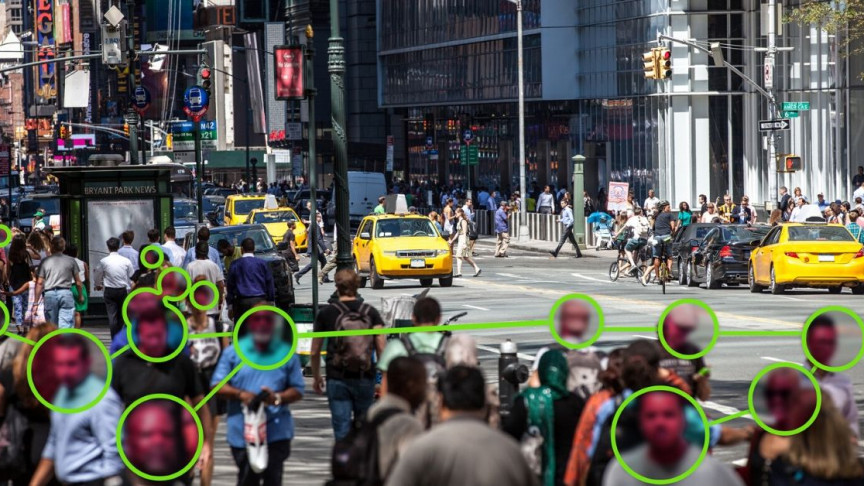Surveillance and Privacy in Urban Spaces: Striking the Balance
Introduction:
In recent years, the rapid advancement of technology has revolutionized urban spaces and transformed them into highly connected environments. While these developments have undoubtedly enhanced our lives in numerous ways, they have also raised concerns about surveillance and privacy. As we navigate through bustling cities, it is becoming increasingly difficult to escape the watchful eyes of cameras that monitor our every move. In this article, we will explore the implications of surveillance in urban spaces and discuss how we can strike a balance between security and privacy.
The Rise of Surveillance:
Surveillance systems have become an integral part of modern urban planning due to their potential to deter crime and enhance public safety. Cities worldwide are investing heavily in closed-circuit television (CCTV) cameras, facial recognition technology, license plate readers, and other monitoring tools. These systems allow authorities to keep a vigilant eye on public spaces such as streets, parks, transportation hubs, and even residential areas.
Advantages of Surveillance:
Proponents argue that increased surveillance brings several benefits to urban residents. Firstly, it acts as a deterrent against criminal activities such as thefts or assaults. The presence of visible cameras often dissuades potential wrongdoers from engaging in illegal behavior for fear of being caught on tape.
Secondly, surveillance can aid law enforcement agencies in investigating crimes more efficiently by providing valuable evidence for identification or prosecution purposes. CCTV footage has helped solve countless cases worldwide by capturing crucial moments before or during criminal incidents.
Moreover, surveillance systems contribute to traffic management by detecting congestion points or accidents promptly. This enables authorities to take immediate action such as redirecting traffic flow or dispatching emergency services swiftly.
Challenges Posed by Surveillance:
Despite its advantages, widespread surveillance raises significant concerns regarding privacy infringement and civil liberties violations. Citizens worry about being constantly monitored without their consent while going about their daily routines.
One major issue is the potential misuse or abuse of surveillance data. The vast amount of personal information collected by these systems could be susceptible to unauthorized access, hacking, or misuse by those in power. Without proper safeguards and regulations in place, the privacy of individuals can be compromised.
Moreover, the proliferation of facial recognition technology has sparked intense debates about its ethical implications. Critics argue that it infringes upon an individual’s right to anonymity and can lead to mass surveillance or profiling based on race or religion.
Striking a Balance:
Achieving a balance between security measures and privacy rights is crucial for creating inclusive and livable urban spaces. Here are some strategies that can help address these concerns:
1. Transparency and Accountability: It is essential for authorities implementing surveillance systems to maintain transparency with the public. Clear guidelines regarding data collection, storage duration, sharing practices, and third-party access must be established. Additionally, independent oversight bodies should monitor compliance with legal requirements and ensure accountability.
2. Privacy by Design: Urban planners should prioritize privacy considerations from the inception of infrastructure projects rather than adding them as an afterthought. Integrating privacy-enhancing features into the design of public spaces can help mitigate potential risks.
For example, architects can incorporate natural barriers like foliage or strategic placement of structures to protect sensitive areas from constant surveillance without hindering overall security goals.
3. Data Minimization: Collecting only necessary data for specific purposes while minimizing indiscriminate monitoring is essential to prevent unwarranted intrusion into people’s lives. Implementing strict retention policies that delete footage after a reasonable period unless required for ongoing investigations would also safeguard individual rights.
4.Technological Safeguards: Employing advanced encryption methods and secure storage systems ensures that personal data remains protected against unauthorized access or cyberattacks.
5.Public Engagement: Inviting public participation in decision-making processes related to surveillance initiatives allows citizens to voice their concerns and contribute valuable insights on how best to strike a balance between security needs and privacy concerns.
Conclusion:
Surveillance in urban spaces presents a complex challenge that requires careful consideration of both security and privacy aspects. While it is essential to ensure public safety, it should not come at the cost of compromising individual rights to privacy. By implementing transparent practices, incorporating privacy by design principles, minimizing data collection, utilizing technological safeguards, and engaging citizens in decision-making processes, we can work towards striking an equilibrium between surveillance and privacy in our urban environments. Only through such balanced approaches can we create cities where residents feel safe without sacrificing their fundamental freedoms.

Leave a comment